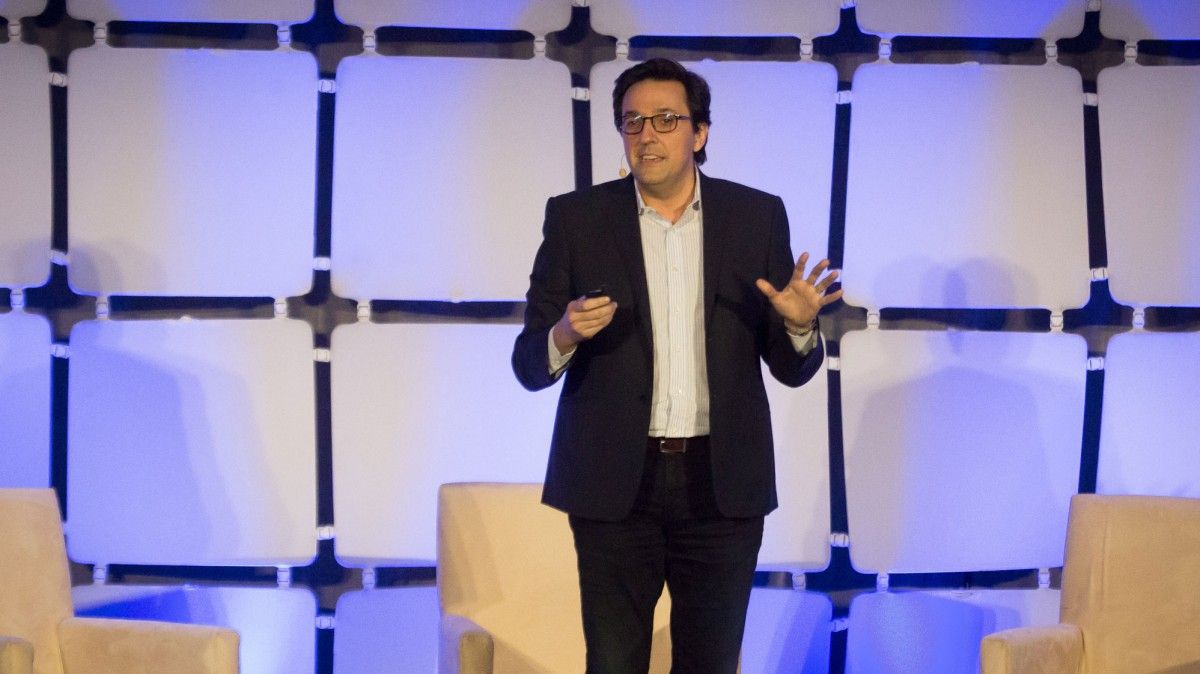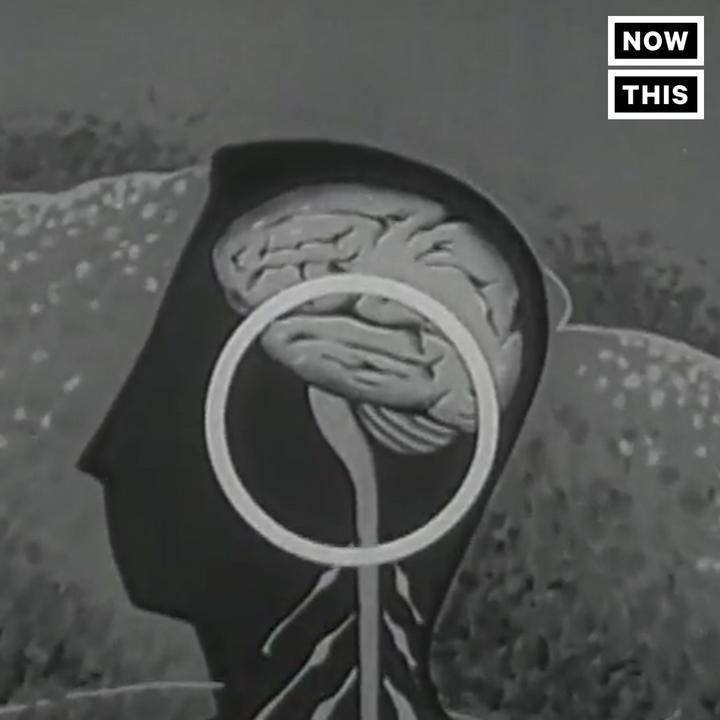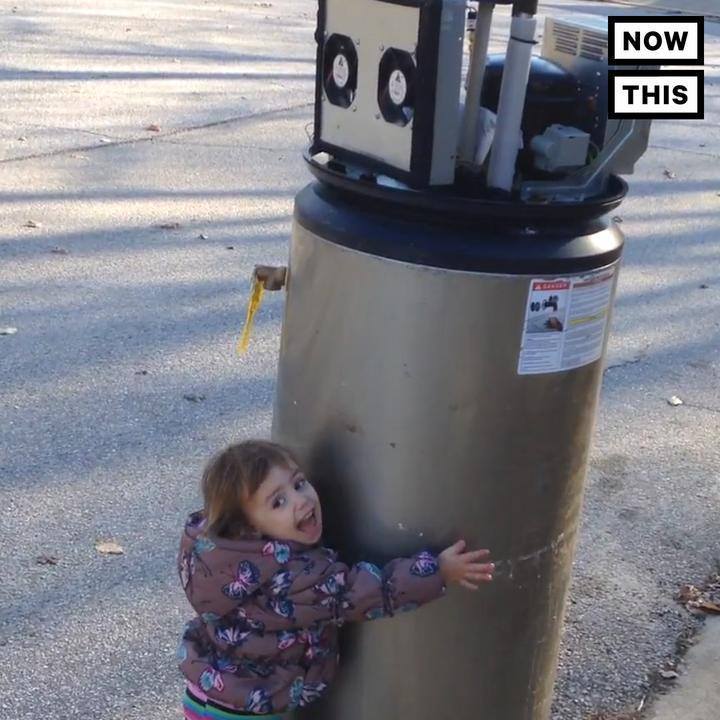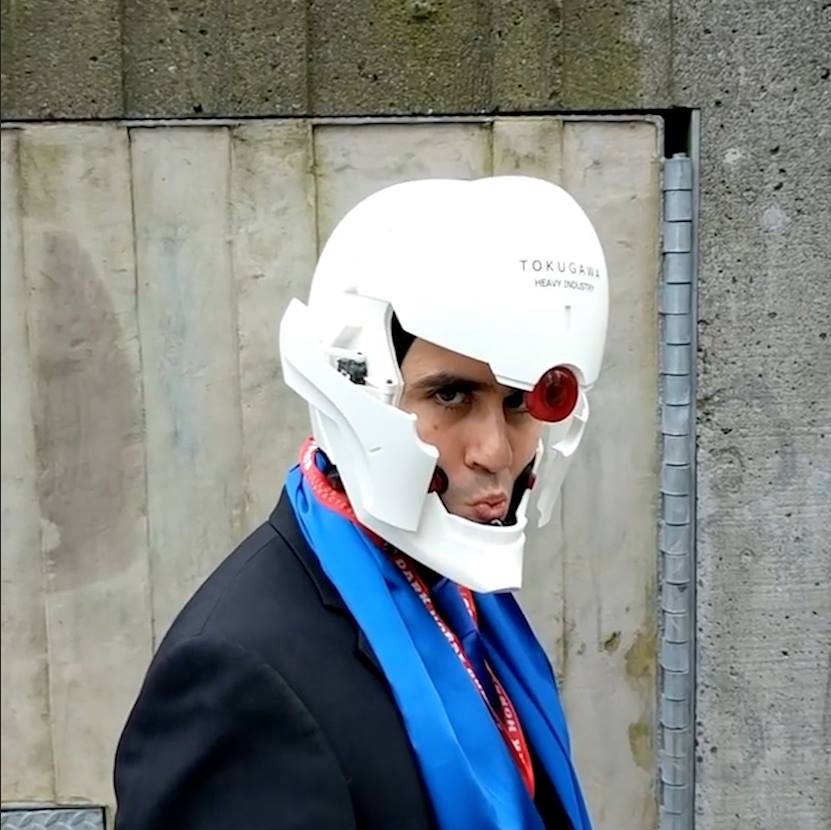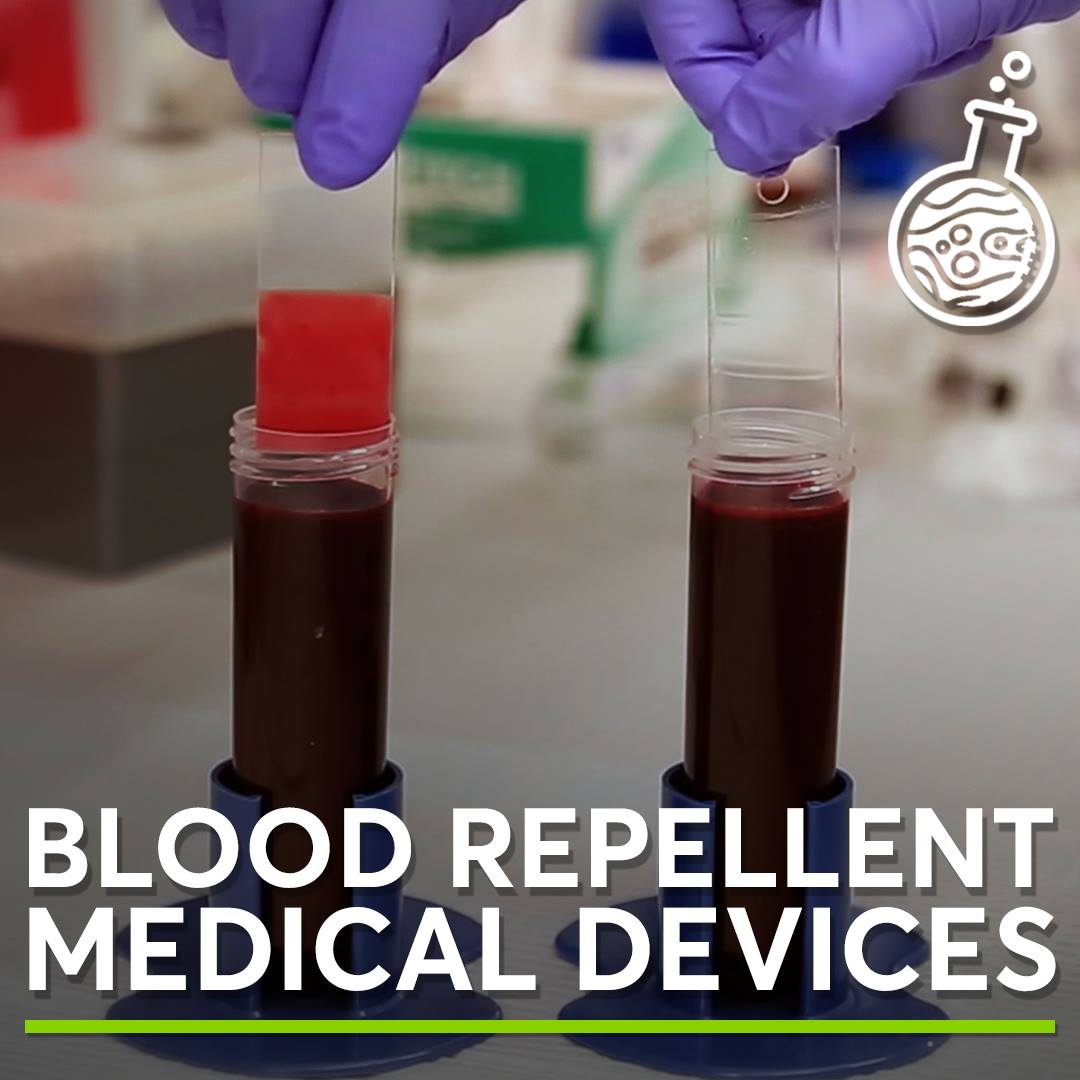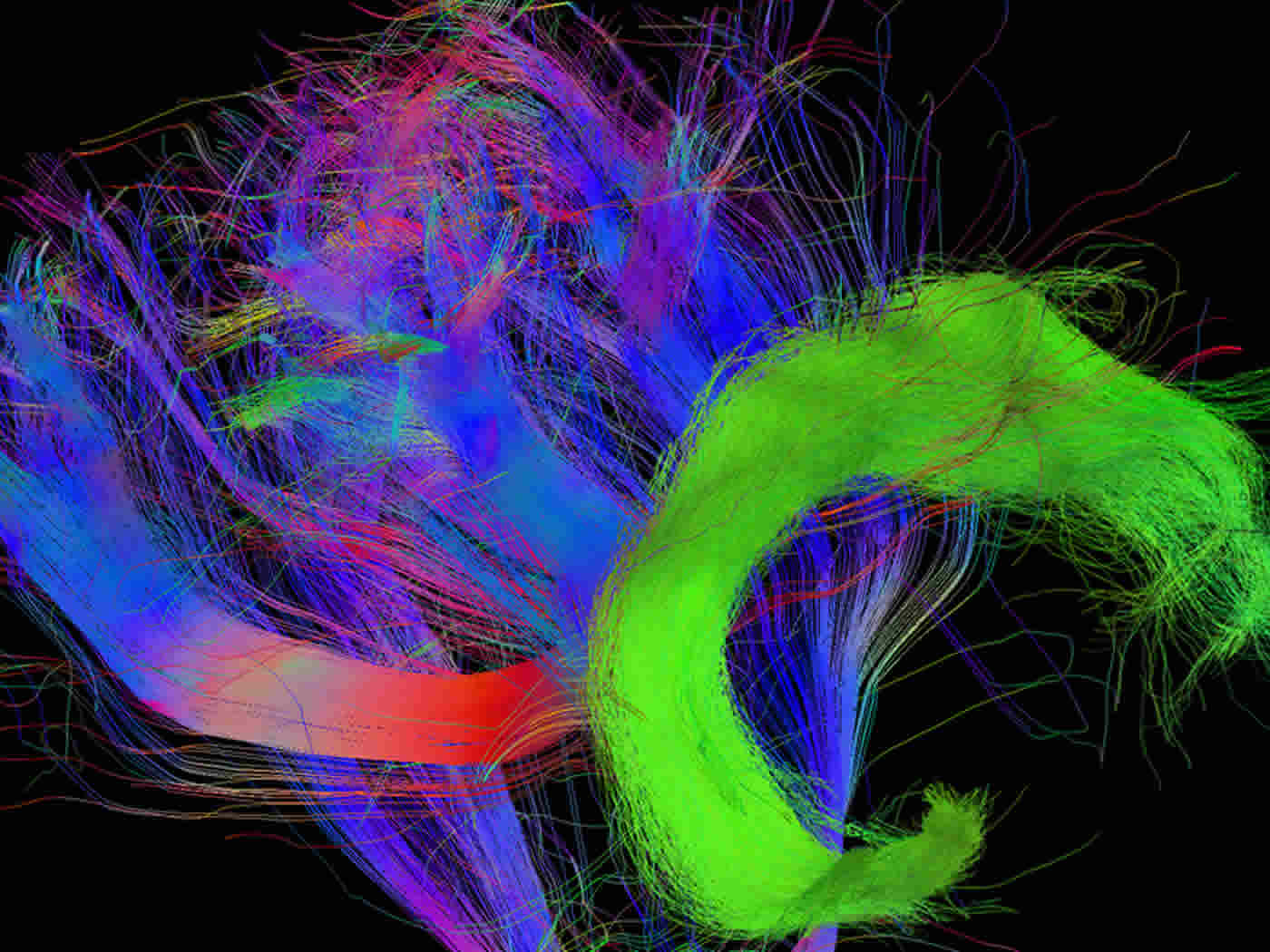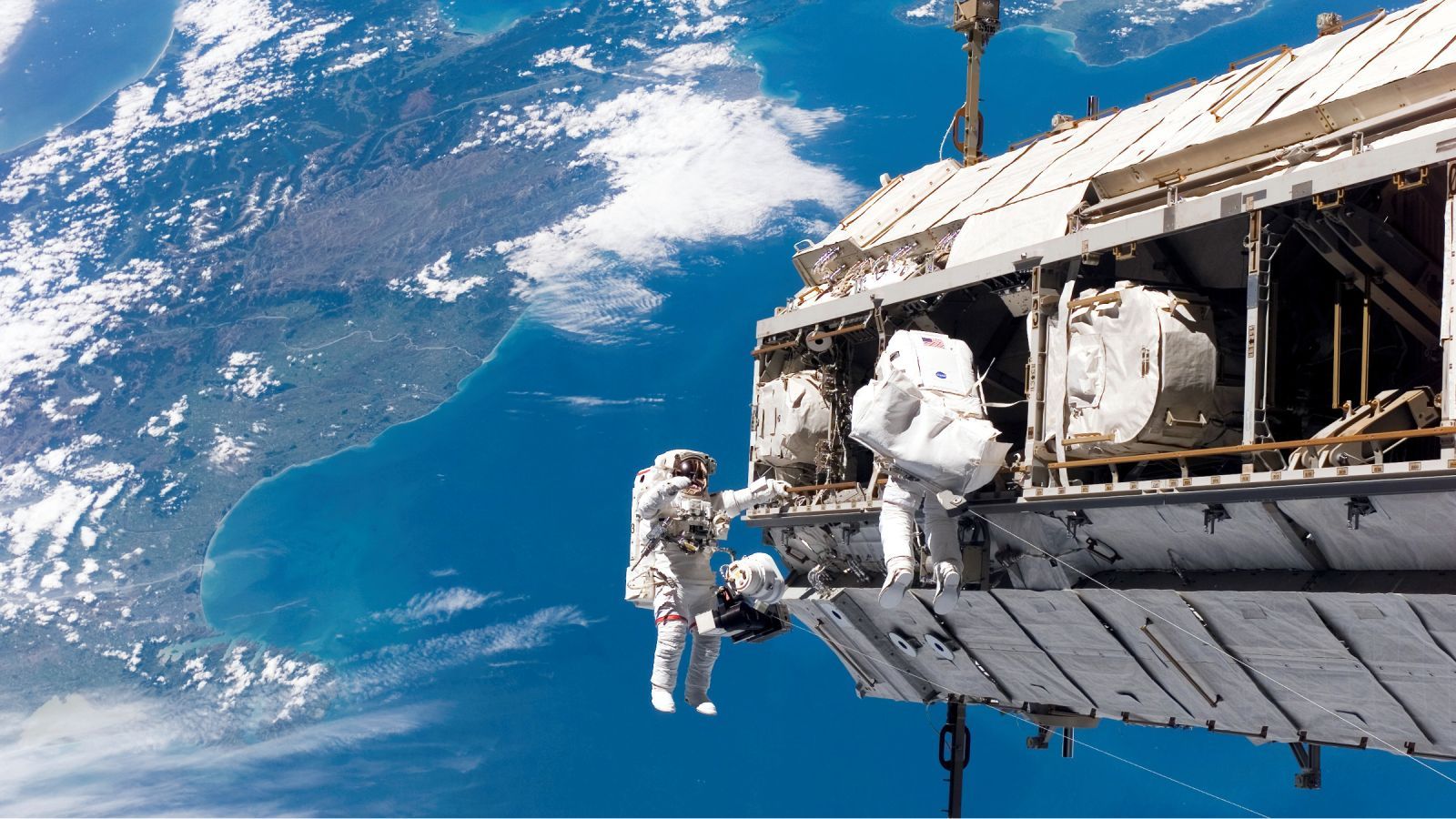Page 10434
Mar 28, 2017
Elon Musk Wants To Put A Computer In Your Brain
Posted by Shailesh Prasad in categories: computing, Elon Musk, neuroscience
Mar 28, 2017
This Little Girl Befriended A Water Heater
Posted by Bryan Gatton in category: robotics/AI
Mar 28, 2017
This Robotic Sex Doll Isn’t Just Looking For A One Night Stand, She Wants To Meet Your Parents
Posted by Shailesh Prasad in categories: robotics/AI, sex
Mar 28, 2017
The Blood-Repellant Coating That Not Even Geckos Can Stick To
Posted by Shailesh Prasad in category: biotech/medical
Mar 28, 2017
Brain Structure That Helps Us Understand What Others Think Revealed
Posted by Shailesh Prasad in category: neuroscience
By the age of four years we suddenly start to understand what other people think and that their beliefs about the world might differ from our own. We then manage to do what 3-year-olds are not yet capable of – we can put ourselves in someone else’s shoes. Researchers from the Max Planck Institute for Human Cognitive and Brain Sciences in Leipzig were able to show what supports this milestone in development: the maturation of a critical fibre connection in the brain.
Summary: Researchers identify brain areas associated with developing the ability to “put ourselves in other people’s shoes”.Source: Max Planck Institute. By the age of four years we suddenly st.
Mar 28, 2017
Mind-Blowing New Theory Connects Black Holes, Dark Matter, and Gravitational Waves
Posted by Andreas Matt in categories: cosmology, particle physics
The past few years have been incredible for physics discoveries. Scientists spotted the Higgs boson, a particle they’d been hunting for almost 50 years, in 2012, and gravitational waves, which were theorized 100 years ago, in 2016. This year, they’re slated to take a picture of a black hole. So, thought some theorists, why not combine all of the craziest physics ideas into one, a physics turducken? What if we, say, try to spot the dark matter radiating off of black holes through their gravitational waves?
Mar 28, 2017
The US government is pitting two hugely expensive space projects—the International Space Station and the Space Launch System—against each other
Posted by Simon Waslander in categories: government, space travel
In one corner, we have an international, orbital laboratory that cost over $150 billion to build and operate. In the other, a $23 billion and growing program to develop a huge new deep-space rocket and spacecraft to carry humans to the moon and beyond. Now, they will face off in a Darwinian struggle for survival, unless US lawmakers can find a third way.
“About half of the current [NASA] budget is allocated to low-Earth orbit endeavors which consist of the International Space Station, commercial cargo, and commercial crew,” a former NASA and Lockheed Martin executive, A. Thomas Young, told US lawmakers in February. “The other half of the budget is for human exploration which includes [the Space Launch System rocket] and Orion [spacecraft]. A $4.5 billion annual budget is clearly inadequate for a credible human exploration program. A choice must be made and made soon between [low-Earth orbit] and exploration.”
The decision won’t be made this year. Though there was an astronaut in the oval office as a beaming president Donald Trump signed a bill March 21 to fund NASA through 2018, it didn’t bring the government any closer to launching humans to the ISS, much less to distant planets.
